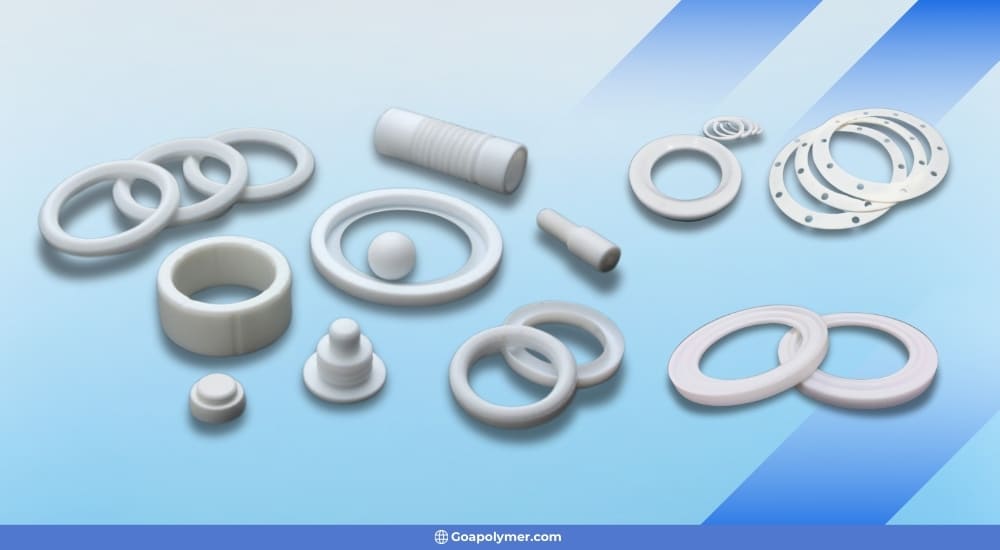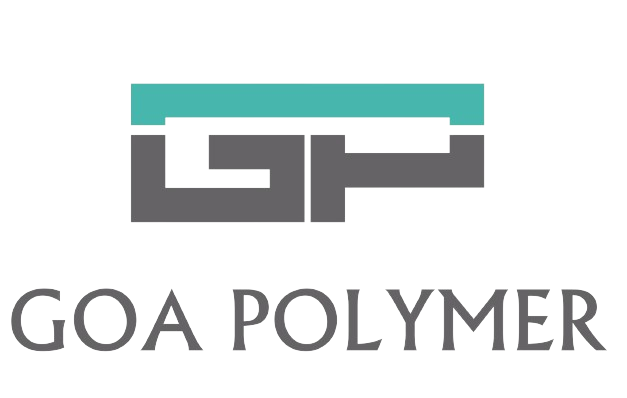Polytetrafluoroethylene is a versatile polymer with an extended usage that has become quite popular due to its special properties and applications. In this blog post, we are going to discuss the full form of PTFE, explore its properties, and explain comprehensively why it’s significant in various industries.
What is the Full Form of PTFE?
PTFE stands for Polytetrafluoroethylene. PTFE is a synthetic fluoropolymer obtained by the repeating units of tetrafluoroethylene, which is a gaseous compound with carbon and fluorine as the composing atoms. Its notable properties derive from the distinctive chemical structure of PTFE, which has contributed to its significance in various applications.
The History of PTFE
PTFE was discovered in 1938 by a chemist named Roy Plunkett working for DuPont. It was an accidental discovery, looking into refrigerants when he discovered that had polymerized in a pressurized container. PTFE did not have an immediate application but later became much more popular for its non-stick properties and heat as well as chemical resistance.
Key Properties of PTFE (Polytetrafluoroethylene)
PTFE Products has a wide range of excellent properties that explain its popularity among different sectors:
Non-Stick Surface
One of the best-known properties of PTFE is the non-stick surface it offers. This makes the material excellent for cookware, especially frying pans and baking sheets. The chemical inertness of PTFE is such that no food gets stuck to the material, hence making cooking a breeze and cleaning it effortless.
Chemical Resistance
PTFE is highly resistant to a wide variety of chemicals, including acids, bases, and organic solvents. This resistance allows PTFE to be used in chemical processing industries where other materials would degrade. It is commonly found in gaskets, seals, and linings for pipes and tanks.
High-Temperature Stability
It can withstand temperatures as low as -200°C and as high as 260°C, or -328°F and 500°F without degrading. PTFE has excellent stability at very high temperatures. These characteristics make PTFE ideal for many aerospace, automotive, and electronic applications.
Electrical Insulation
PTFE is an excellent electrical insulator. Hence, it is very much suited to be used in the electrical and electronics industries. Its high dielectric strength makes it very useful for the insulation of wires, cables, and circuit boards.
Biocompatibility
PTFE is biocompatible. That is, it is non-toxic and safe for use in medical applications. It finds wide usage in surgical implants, catheters, and other medical devices due to its inert nature and resistance to biological fluids.
Applications of PTFE
The special properties of PTFE allow it to be used in several applications in different industries, as described below:
- Cookware: Non-stick cookware seems to be the most widely used application of PTFE. Frying pans and baking sheets are covered by a layer of PTFE that makes cooking easy and cleaning effortless.
- Chemical Processing: Due to chemical resistance, it is utilized in the chemical industry for valves, gaskets, and seals. PTFE helps prevent contamination and leakage in many processes.
- Electronics: The wires and cables show PTFE as an excellent insulator. Moreover, this polymer has been greatly used in circuit boards as well as connectors in the development of reliable electronic devices.
- Medical Devices: PTFE is an inert and biocompatible material, which finds its applications in surgery by designing implants, catheters, and prosthetic devices that are non-reactive with biological tissues.
Advantages of Using PTFE
PTFE is a widely prized material in many fields because of its unique properties. Some of the major benefits of using PTFE are given below:
- Durability: The PTFE is sustainable over time because it stands the rigors of extremes: between -200°C to 260°C or between -328°F and 500°F without breaking understructure. This resilience makes up for its qualification for hostile places.
- Maintenance-Free: The Non-stick and low friction nature makes PTFE components usually maintenance-free. This aspect results in operational cost savings and higher productivity among several applications.
- Versatility: PTFE is easily molded and fabricated in a variety of forms and shapes. This feature makes it suitable for all applications, from kitchen utensils to industrial components.
- Safety: PTFE is safe to contact food. This property makes its usage very common in food processing equipment and cookware. It does not possess harmful substances which can transfer harmful chemicals to foodstuffs or any other substances.
Environmental Impact and Safety Concerns
PTFE enjoys many advantages, but there have been concerns about the nature of its production, largely because it uses a dangerous chemical called perfluorooctanoic acid. Many manufacturers in the last few years have therefore sought to eliminate the danger of PFOA production, and safer alternatives remain.
PTFE is also non-biodegradable, hence a challenge in its disposal. However, it has a very long lifespan and is resistant to many chemicals, hence its long lifespan is an advantage in most applications. Recycling programs are also available to manage PTFE waste responsibly.

Conclusion
PTFE stands for Polytetrafluoroethylene and is a versatile polymer with certain unique properties and applications. Its non-stick surface, chemical resistance, high-temperature stability, and low friction make it an indispensable material in industries as varied as cookware, aerospace, and electronics.
The full form of PTFE and its properties not only explain its importance but also reflect the continuous innovations in its production and application. The development of industries may ensure PTFE to be in the limelight for much longer, searching for greater efficiency and security.



